Planning is obviously a very significant part of project creation. Good organization can already determine future success of a project if development process is aligned. Product quality is largely dependent on planning quality, which is why SDLC is so useful.
Software Development Life Cycle or SDLC guides you through your project, creating an organized system to include each progress step and exclude errors.
SDLC refines condition of the operating system and reduces production period and costs. It achieves all of these goals by creating a formula to eliminate all the pitfalls of your project.
A journey of a thousand miles begins with a single step. And the first step should be done right, especially when it comes down to which SDLC model should be picked.
Waterfall SDLC Model
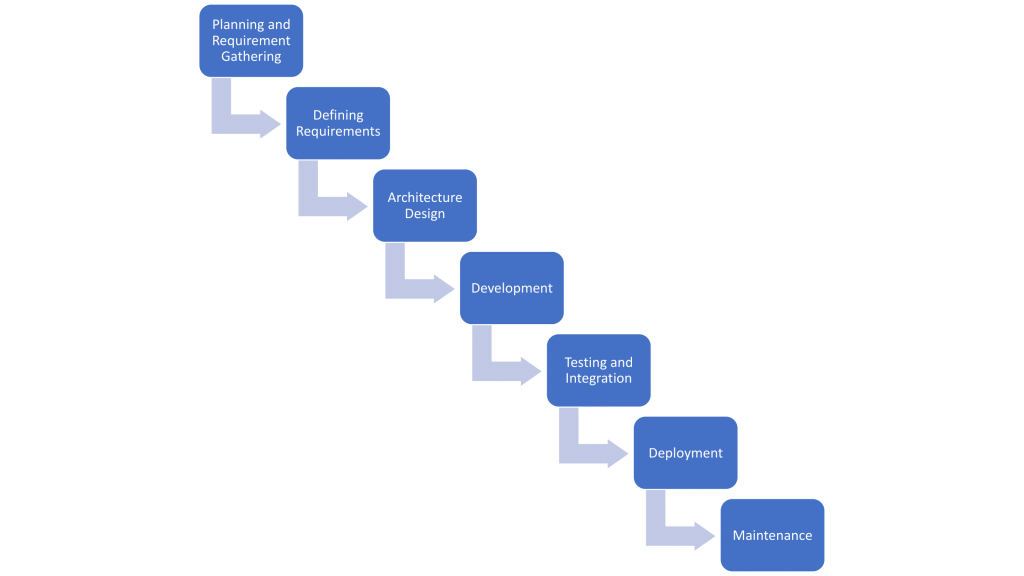
Waterfall works as a phase-by-phase model. It progresses gradually through all 7 SDLC phases:
- Planning and Requirement Gathering;
- Defining Requirements;
- Architecture Design;
- Development;
- Testing and Integration;
- Deployment;
- Maintenance.
Since it moves forward gradually, it is not possible to start working on a new phase without completing the earlier one, and there must be no overlaps.
The one is claimed to be used only when developing D365 but we barely agree with that. While the first three steps can be done through Waterfall – development, testing, and deployment should be done through Agile to improve deliveries.
It works most for settled time limit projects with established demands. When these conditions are met, Waterfall enables well-timed and budgeted estimates.
Iterative SDLC Model
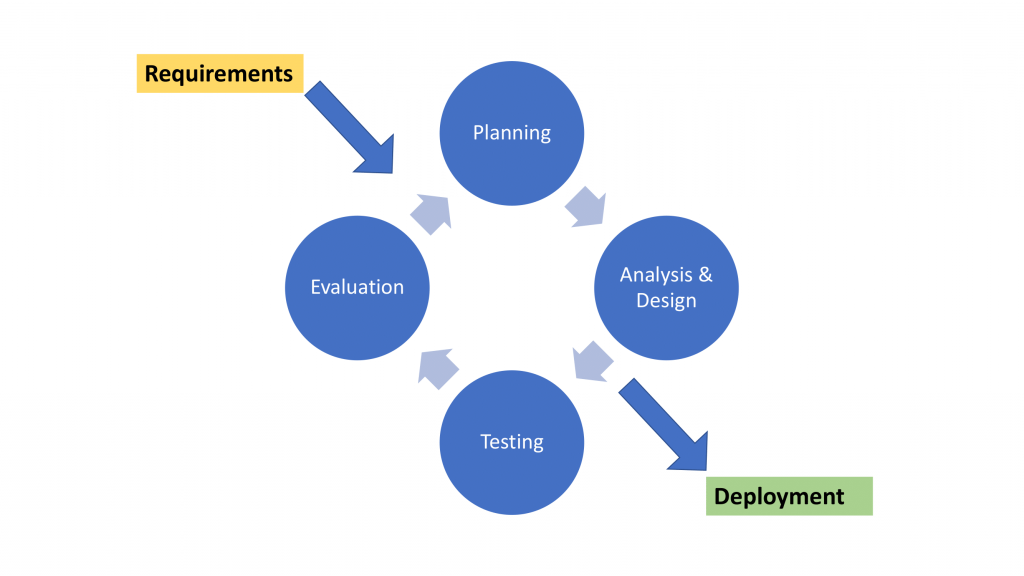
Iterative model basically creates smaller phases of your project. It is a key SDLC model, that unravels initial applications, that gradually become broader and more complex unless project is developed.
It begins with less complex applications with simple software demands, moving up the ladder to finish and characterize the software. Every phase (it is also called iteration) has its set period.
The model works best with larger projects and depends on risk analysis.
RAD SDLC Model
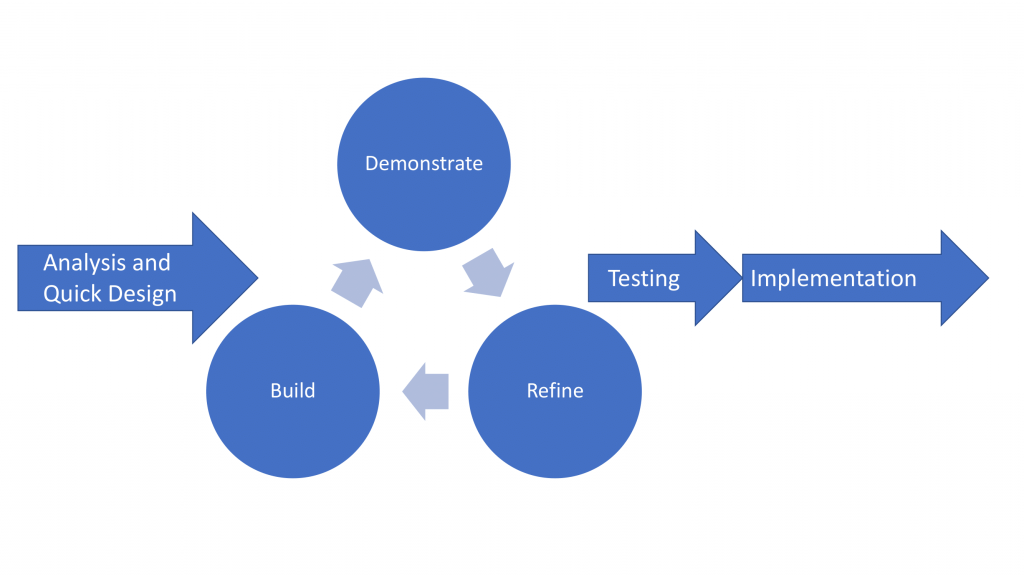
Rapid Application Development model is all about prototyping. Simply put, planning is reduced to concentrate on swift prototyping. It is also fixated on iterative development.
Each party of developers can concentrate on their own bit while working side-by-side to create a whole single product. Modifications are easily combined within the process due to a lack of preplanning.
Each process is constructed and manufactured into a prototype. This operation creates an opportunity for the client to give a critique regarding development. Based on which, the team can react quickly.
The asset of RAD is the feedback structure which allows the development process to be not influenced if the needs are not met completely. But the liability is that the whole reaction process is time-consuming.
Spiral Model

The Spiral Model merges iterative and sequential establishment methods together in one. It is probably the most favorable SDLC model to work with broad and risky projects.
Its adjustability allows developers to define, examine risk, arrange and execute each phase of the project individually. Moreover, each iteration has own space for enchantment.
The process of the spiral model is a continuous loop of four particles:
- Determine objectives, alternatives, and risks;
- Evaluate options and resolve risks;
- Development and testing;
- Plan the next phase.
To sum things up, The Spiral model consists of flexible, risk-accessible steps, that can be examined and changed at any time. So this SDLC model passes best for compound projects.
Nevertheless, the model is not so simple due to phases moving through contrasting divisions that may increase efforts and documentation process – hence costs.
V-Model
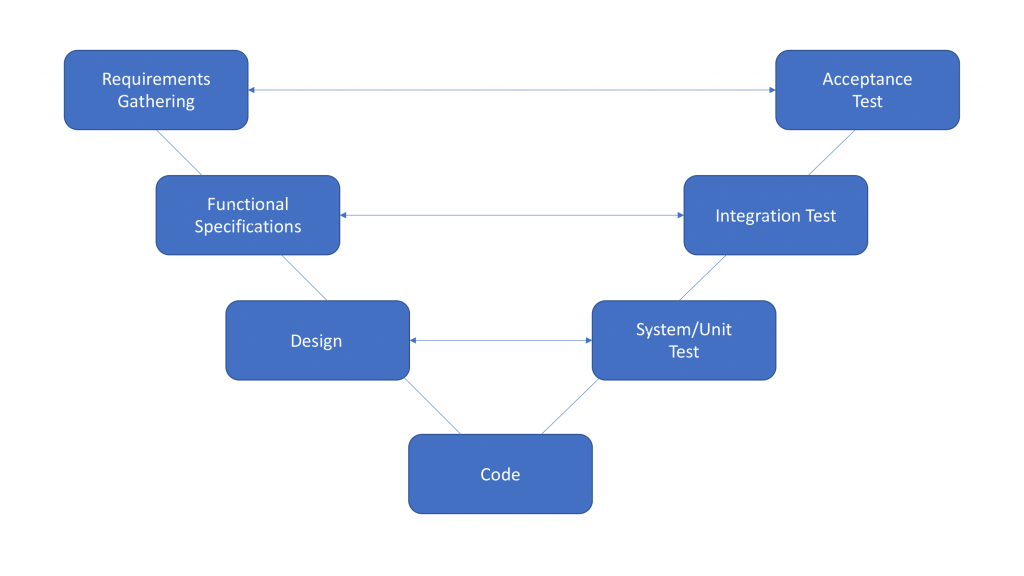
V-model is a contraction of Verification and Validation structure. This operation is called so because it is carried out consecutively in a V-shape, during which the development team tries out each matching stage. This model strictly depends on each and every step, so you can’t begin a new process without finishing the previous one.
Verification doesn’t need the code to estimate if the particular demands are suitable. It uses fixed analysis methods.
Contrarily, Validation involves changeable scanning techniques, examination is done by executing code to decide customer expectations and requirements are met. Verification and Validation steps are bond in a V-Shape through the coding phase.
The V-model works well for heavily controlled projects that have clear and stable demands. Typically, it’s doesn’t suit smaller projects.
The positive part is, this model includes established testing before publication. However, this leads to considerable hold-ups that when changes are demanded.
Agile Model
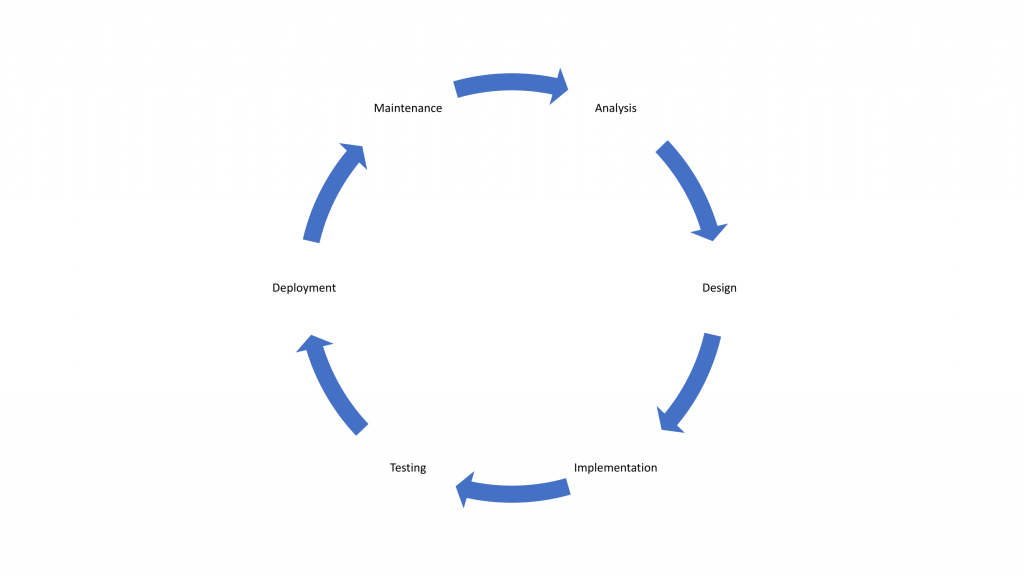
Agile’s approach allows continuous iteration (small release of operating system) of development and testing the software. These iterations are usually done through so-called sprints, which last from two to four weeks.
Agile testing begins with the start of the project, developers and testers swiftly integrated. “Agile” is defined as “ quick and swift movement.” The method of agile testing consists of testers working side by side with developers as well as testing the established software code.
Agile projects can’t work without consistent team conferences. The whole process largely depends on teamwork efficiency. Agile testing can achieve quality and success by working as a single team to fulfill a common objective.
As it was mentioned above, waterfall works finest with the first three processes in SDLC to create complex D365 solutions, Agile performs better with the three left: develop, test, and deploy.
The fact that each function\prototype is created, run tested and deployed independently fastens up the process and gives agility to the party. Agile SDLC model also acts faster on errors and eliminates them.



